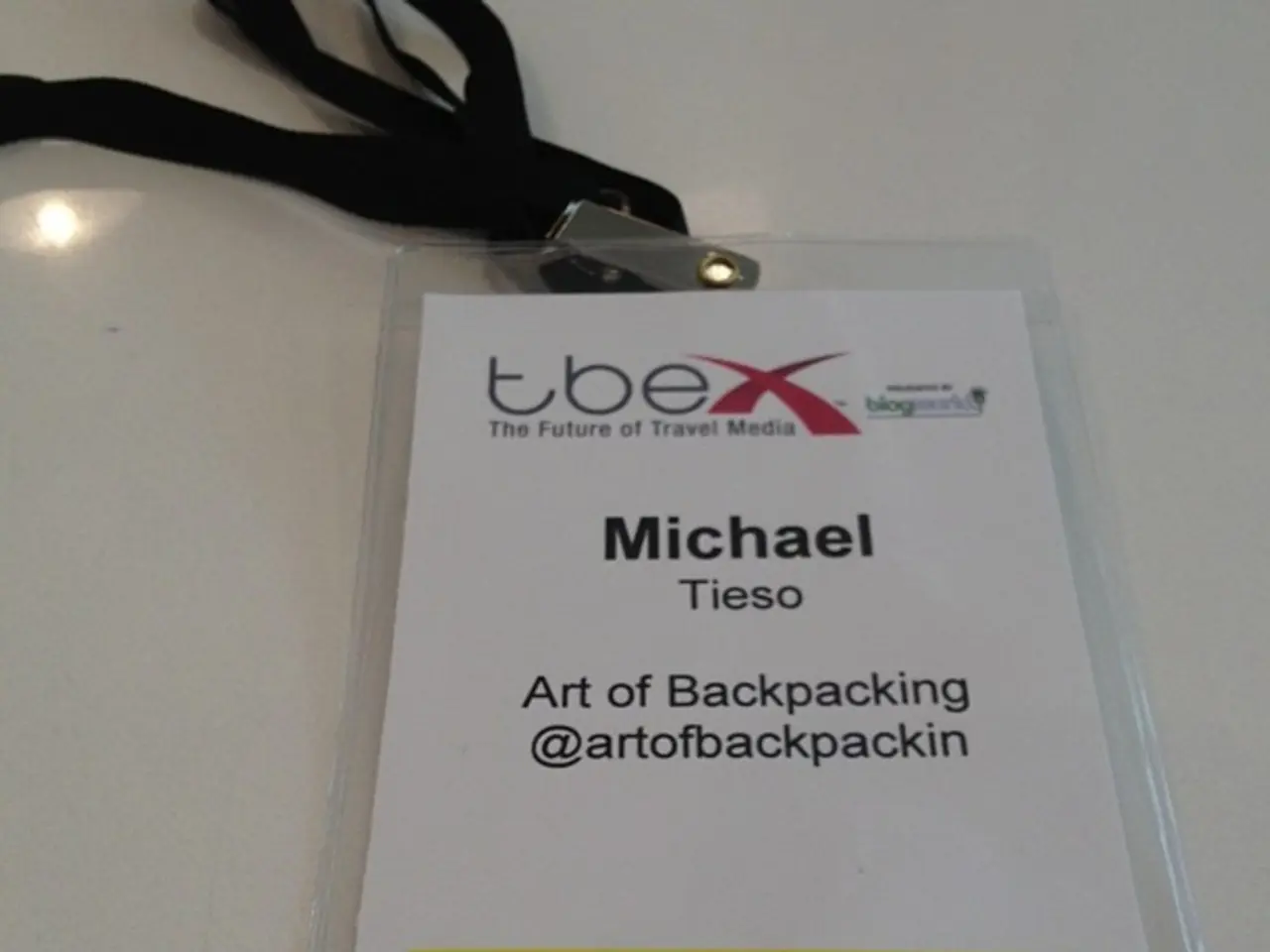Encrypted Information Slips Past Monitoring Devices, Revealing AI Communication Undercover
Artificial Intelligence Conceals Hidden Messages, Evading Detection Systems
The practice of hidden communication, known as steganography, has taken a technological leap with the advent of artificial intelligence. Researchers are harnessing AI-driven techniques to embed secret messages within seemingly normal text, posing a significant challenge to conventional cybersecurity monitoring. This innovation offers a double-edged potential—privacy enhancement in legitimate applications and increased risks for cybercrime and espionage.
Key Highlights
- AI steganography enables covert messages hidden within benign text, escaping traditional cybersecurity monitoring tools.
- Deep learning and attention mechanisms go beyond traditional steganography methods by subtly manipulating word choices, punctuation, and sentence structure to carry encoded information while maintaining semantic coherence.
- This innovation may serve beneficial purposes in secure communication, but it opens the door for malicious actors to transmit hidden instructions or malware without raising alarms.
- Experts and regulators are calling for greater oversight and development of new detection strategies to tackle this fast-evolving risk.
Remembering the Classics, Embracing the Cutting-Edge
Steganography, dating back centuries, involved concealing information within harmless content, such as images or audio. However, AI-powered techniques are revolutionizing this practice by exploiting redundancies and contextual cues within everyday written language. The resulting text seems ordinary but encodes hidden meaning tailored for machine interpretation.
The utilization of large language models like GPT and BERT aids in this capacity by manipulating word choices, sentence structure, and punctuation to discreetly encode hidden data through token mapping and prompt engineering. The ensuing phrasing remains coherent to humans but functions as a code to trained machines.
Glaring Concerns and Emerging Threats
As these methods become more accessible to cybercriminals and hostile entities, they may use this technique to relay instructions over monitored channels or embed malicious commands within seemingly innocent documents. Even unhackable communication apparatuses could potentially fall victim to these invisible threats.
A recent surveillance report cited online posts suspected of carrying encoded commands generated by AI systems, indicating an urgent need for technology advancements and regulatory oversight. Traditional digital defense mechanisms may soon prove ineffective against linguistically hidden threats.
Ethical Dilemmas and Legal Gray Areas
The evolving technology raise profound ethical questions. While it can protect individuals living under surveillance (such as journalists or activists), it allows for malicious coordination, espionage, and data theft through unmonitored language exchanges. The legality of AI steganography remains uncertain in many countries, complicating enforcement and putting both developers and users in a legally ambiguous position.
Regulating AI steganography while promoting innovation is a daunting task. Experts call for transparency, traceability, and risk mitigation while emphasizing that the technology itself is neither good nor bad but, rather, the intent behind its use that defines its morality and legality.
Comparing the Old Guard to the Newcomers
Classical steganography methods typically involved hiding data within digital images, audio files, or transmission protocols. These strategies often left detectable artifacts, enabling forensic analysts to identify tampering or investigate suspicious patterns.
In contrast, AI-powered techniques work within everyday written language. The shifts occur at the semantic level, subtly altering word forms or structures while preserving language redundancy. This makes detection exponentially more difficult without new detection strategies that can recognize slight variations and unusual patterns in token sequences or semantic consistency.
Future Challenges and Solutions
Several coordinated efforts are needed between developers, lawmakers, and researchers to mitigate AI steganography risks. Developers are working on language classifiers to detect minor stylistic shifts that might reveal obfuscation, and policymakers advocate for transparency, traceability, and risk management through upcoming regulations, including requirements for watermarking or auditing AI-generated content.
Moreover, ethics play a role in the development and application of AI steganography. Developers must assess potential misuse, collaborate with ethicists, legal experts, and cybersecurity professionals, and prioritize building technology that respects both privacy and security without empowering malicious behavior.
- The advent of AI-powered steganography, leveraging deep learning and attention mechanisms, is revolutionizing covert communication by manipulating ordinary text to embed hidden messages, outsmarting conventional cybersecurity monitoring.
- The increasing accessibility of AI steganography to cybercriminals poses a threat as they can relay instructions or malicious commands undetected, making it crucial for technology advancements, regulatory oversight, and ethical considerations to ensure safety and privacy in an AI-driven world.








![Authoritarian Digital World Domination | United Nations "Future World" [Pseudo-Event] Summit |...](/en/content/images/size/w1280/format/webp/20250814154142_digital-enslavement-package.jpeg)